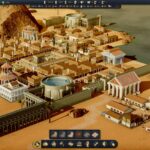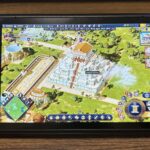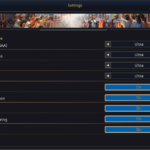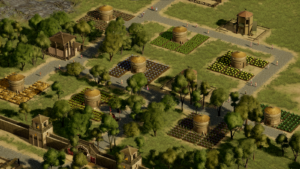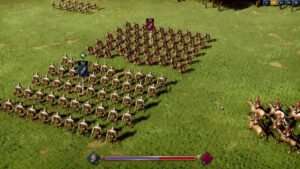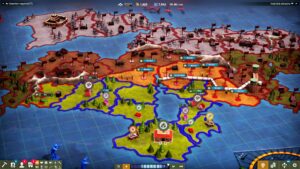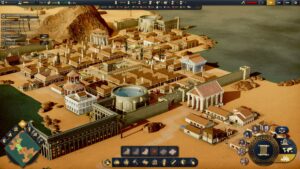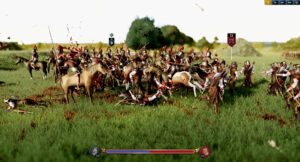If you are a newcomer to strategy, you may have asked yourself this question many times: What is the difference between RTS (real-time strategy) and TBS (turn-based strategy) games? For some players it may seem very obvious, but both systems offer their advantages and disadvantages. Neither system is better than the other in reflecting tactical decisions during a battle.
Real-time strategy games, heirs to classic titles such as the Dune saga, Command and Conquer or the popular Age of Empires, allow the player to build structures, direct his troops and change battle strategies without pause. This implies that each of the units has an “intelligent” behavior based on the directives set by the player. It may be to move to a point, defend a position, search for resources or attack the enemy. There are certain elements that are implicit in the artificial intelligence of the units. For example, they may attack an enemy automatically if they are close enough, even if we have not given them the direct order, just as they will defend themselves, even if the player has not given that order.
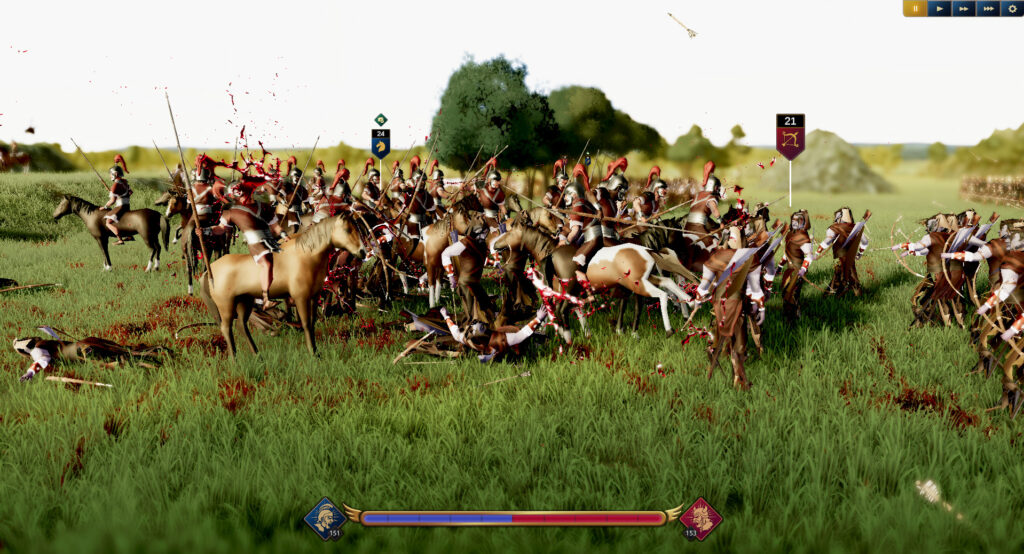
The RTS offers fast-paced gameplay, which makes the player have to make decisions or change tactics on the fly. In many cases, the action may take place simultaneously at different points on the map, far from our sight. We will have to rely on the formation of the units and the orders we had originally given them to resolve their skirmishes, while our attention may be directed elsewhere.
The turn-based strategy system is more leisurely, and allows full control over our units, even if it is less “realistic”. In games with TBS combat, the action freezes every time it is our turn or our opponent’s turn. At that moment, we can set the orders of all our units: movement, attack, defense… It depends on the game in question. It is an heir to a style of board games, and among its main representatives are games such as Total War, Civilization or the classic Heroes of Might and Magic.
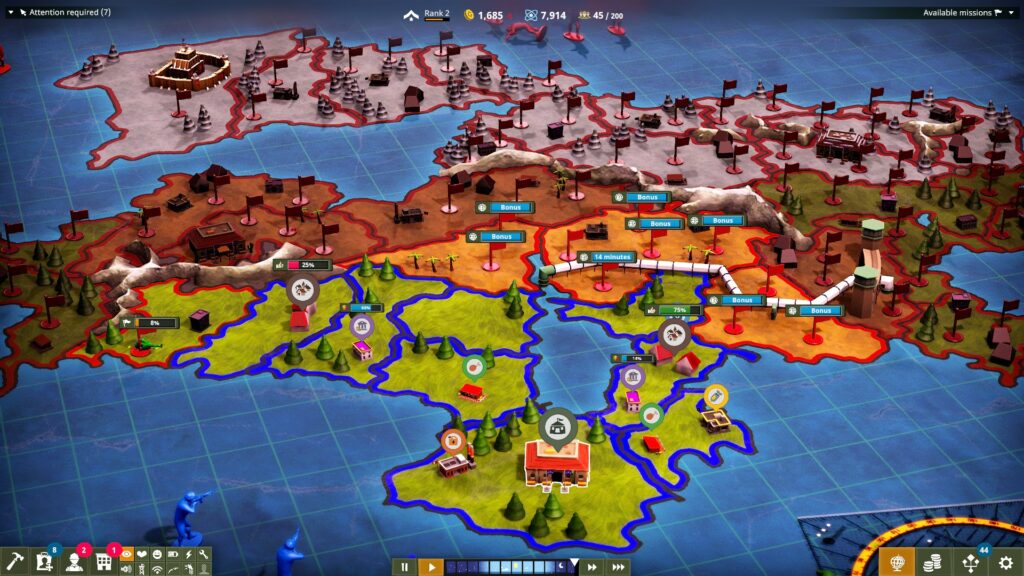
RTS or TBS? Battles in Citadelum.
To design the battles of Citadelum, we opted for a tactical auto-battle system, which has elements of both RTS and TBS, but does not fit into either type of game completely. In the city building phases, when we are building our settlement, we can recruit citizens and train them to become part of our legions. The units are placed under the command of centurions, and can be sent to guard different areas of the map.
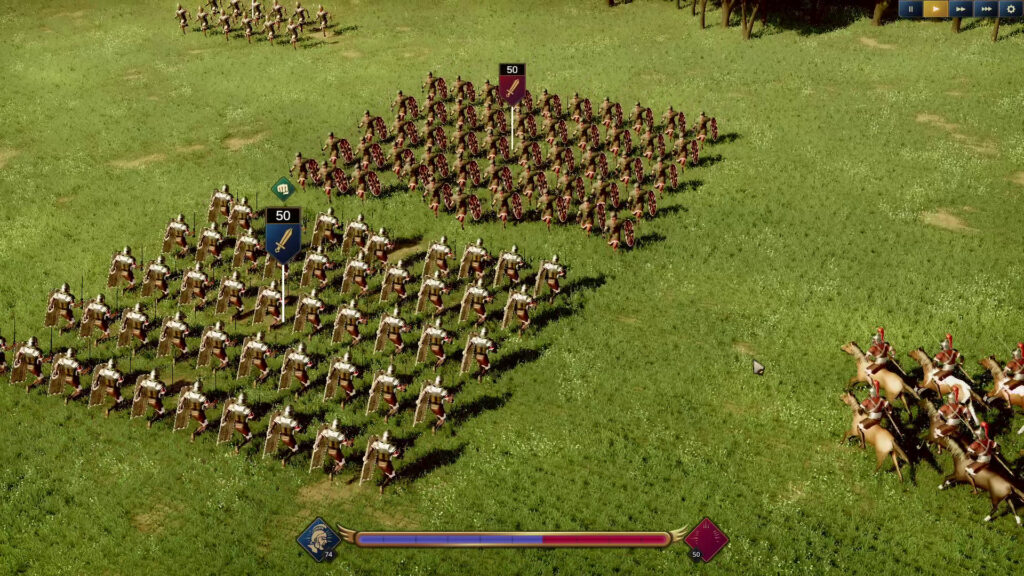
When our legionnaires encounter an enemy, a battle map is displayed. On this map we select the units to deploy (archers, cavalry and infantry) and the type of formation in which they appear on the battlefield. Up to that point, battles in Citadelum behave like a TBS; there are no turns, but the action is frozen until both the enemy and we have placed our troops.
Once hostilities begin, the game plays out in real time, with an outcome based on the number, type and placement of soldiers, pitted against enemy numbers and with a small random element. Legionaries and barbarians fight automatically, and their movements on the field depend on intelligence and our initial orders, we have no control over them.
The reason to go for auto-battle instead of choosing between RTS or TBS is simple; the core of the game is city building, with elements of trade, defense, exploration and conquest. To have introduced a more complex system in the war part would have complicated the players’ work and would have detracted from the main part of the game.

